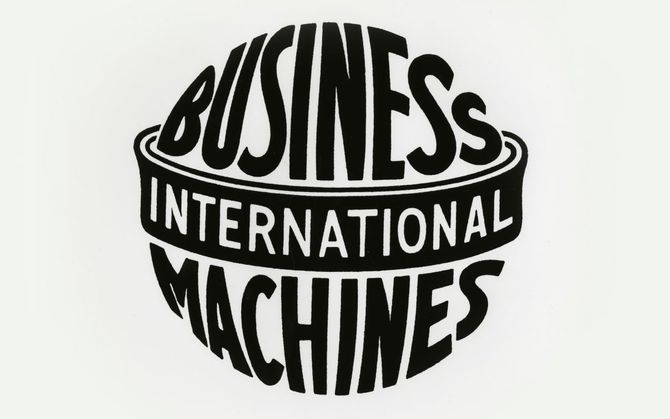TL;DR -- So, new and old; or, old and new. Technology has been around; it's a different flavor in the modern age. And, the past? In the U.S., we have the 400th and the 250th. We'll add another, the 100th. Say, IBM's picking up its new name. But, we mustn't forget the pandemic of 1918, either.
---
This post brings together the old and the new. We have a focus on technology going forward as well as continuing with the themes of history and genealogy. We started with Dr. Frank's book and the growing accumulation of data that was becoming available with the web. In terms of genealogy, we follow the work of the NEHGS plus keep an eye on WikiTree which got our attention due to their Great Migration project.
Last year, there were two events that characterize the old and new. We summarized these in the lastest post: Current status. In short, we got more information via the modern copying methods that allowed Sherborne, Dorset, UK records to be accessible. Then, on the other end of things, we saw the LLM assisted by xNN making waves (that is, the large language model tied with machine learning of the neural network variety).
The latest ACM Comm has an article by a cognitive roboticist (see bottom of post) which looks at the LLM/xNN approach from both the operational side of things as well as the philosophical aspects that apply. The ACM has made this public: Talking about Large Language Models. Later, we provide links with regard to technology including discussion of how robots might exhibit an attribute of the living (cognition).
So, back to the old, we point to Harvard's Gazette and a 2015 article. We had several posts related to the Presidents of Harvard in terms of New England history and the associated heritages. We started this series in 2021 after we read of James Bryant Conant in the New Yorker. Today, we saw the Gazette article on an old burial ground in Cambridge.
Another group that we follow is on Facebook: New England Family Genealogy and History. There was an article about a list of historic voyages from New England to California. We ventured into this subject when we learned of a barque owned by a Gardiner that wrecked along the Oregon Coast. There are still open issues to research: The Gardiner that was.
---
So, to the new which deals with technology. IBM was named 100 years ago. It was decades before we saw the buckets-of-bits that are the reality now. We will discuss that. The Idaho National Laboratory is a little younger. It was one of the sites for nuclear research (reactors).Aside: The Spanish Flu was of 100 years ago, too. Plus, WWI, with WWII in the wings. Then, we had aviation coming about. Computation was a dream until about 50 or so years ago.
ACM Comm has been covering the AI booms and busts for decades. Are we in a boom now? It might seem so listening to some of the rhetoric related to the xNN/LLM events of 2023. Actually, there was steady work that accelerated after 2010. The approach is heavily mathematical using a scheme called linear algebra. Gaming over the decades helped evolve chips that could handle the processing fast enough to be reasonably effective. Now, other improvements are going to speed things up.
But, there are limits to technology. Too, we have ourselves (old as we are) as examples with which to evaluate the endeavors. xNN/LLM's performance has resulted in some into thinking that we are witnessing cognitive states such as intelligence. Many argue against that notion.
Let's look at robotics. The INL (see above) has worked on developing humanoid robots for years. There is a need to have tools that can handled dangerous materials and situations without endangering humans. The IEEE has a robotics group that is involved in the work and in publishing their results. This group has been studying issues related to robots exhibiting cognitiveness.
Per usual, Wikipedia has a great coverage: Cognitive_robotics.
Remarks: Modified: 02/13/2024

No comments:
Post a Comment